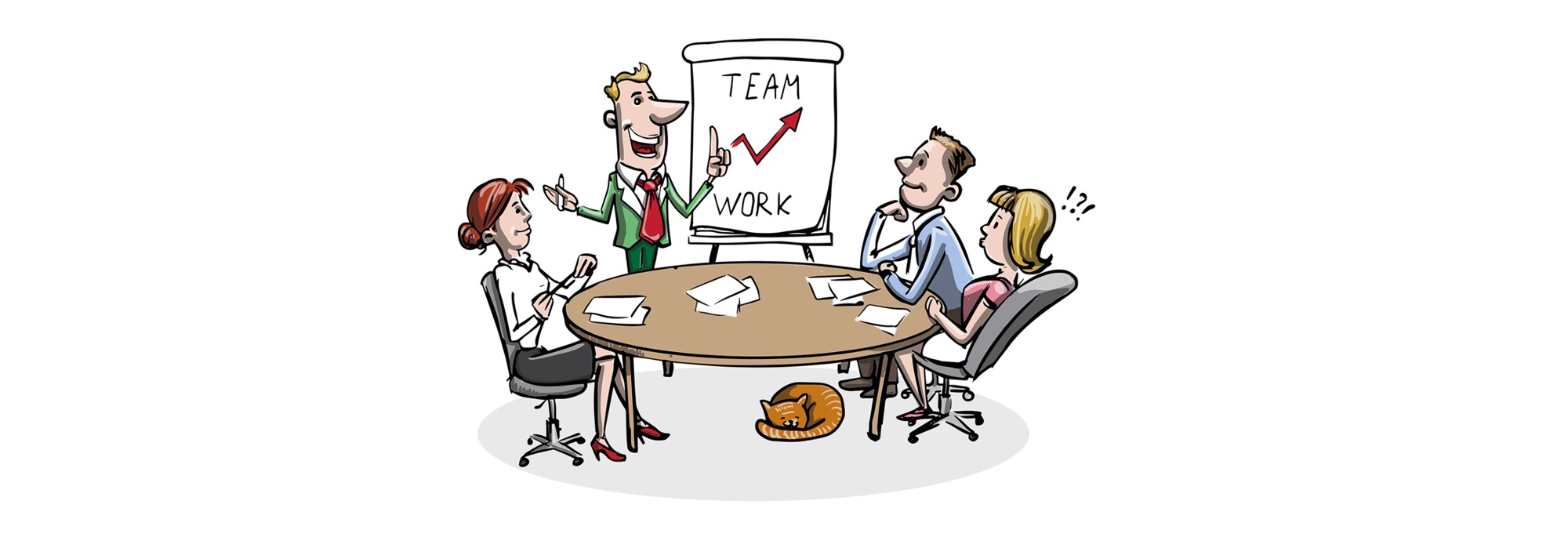How SAFe 5.0 helps enterprises thrive in the digital age

SAFe has become the fastest growing framework in the arena of agility, and its recent release offers a series of concepts that will help organizations embrace business agility. In a recent article from InformationWeek on 2020 Agile trends, Scott Ambler, VP and chief scientist of disciplined Agile at the Project Management Institute comments: "Agile isn’t just a trend; it's here to stay, especially as we better learn how to effectively yield its benefits."
The transition from version 4.6 to 5.0 aims to guide enterprises in the process of transformation toward the digital era by providing foundations for a more customer-centric approach and more valuable and sustainable product/solution design. Based on fast feedback from clients, flow of value, continuous improvement, built-in quality, Lean-Agile leadership, among other competencies and agile practices, this framework has been reinforced to support enterprises in achieving an optimal level of business agility.
Customer centricity is a mindset, not a trend – why??
The customer centricity mindset will guide organizations to better understand customer needs, think and feel like the client, be more empathetic and create longer term relationships. Customer-centric enterprises drive empathetic designs of complete solutions, ensuring a satisfactory experience for customers and evolving as needed. In SAFe 4.6, the customer was also important; however, that version placed more emphasis on team and technical agility to deliver value to customers. In SAFe 5.0, basic premises of this cultural shift involve some of the following topics:
- Focus on the customer
- Understanding the customer’s needs
- Thinking and feeling like the customer
- Building whole product solutions
- Knowing customer lifetime value
Design thinking is an approach to achieve customer centricity
Another concept included in SAFe 5.0 is a design thinking approach. Based on tools and practices, this discipline helps organizations understand a problem and the context in which the solution or product will be used, as well as its evolution path. Design thinking represents a new method for product development, understanding the problem, then designing and finally delivering solutions to the market that are desirable, feasible, viable and sustainable. According to SAFe, the following are relevant activities of this process:
- Explore the problem space before creating solutions; discover and define, then develop and deliver
- Use personas to focus design
- Establish empathy through empathy maps
- Design customer experience through journey maps
- Deliver benefits through features
- Design user workflows through story maps
- Increase design feedback through prototypes
Seven core competencies define the new approach of SAFe 5.0
One of the most relevant improvements in this new version is the reorganization and addition of core competencies with the intention of strengthening the journey to become a lean enterprise. In the previous version, SAFe comprised only five core competencies. Now, the new release of this framework consists of seven competencies, including two new ones. One of these new competencies is related to the Organizational Agility, which describes how lean-thinking people and agile teams optimize their business processes, evolve strategy with clear commitments and adapt the organization according to new market opportunities.
The second new competency is oriented to fostering a Continuous Learning Culture, which describes values and practices that encourage individuals and the enterprise as a whole to continually increase knowledge, competence, performance, and innovation. Lean-Agile Leadership, Team and Technical Agility and Lean Portfolio Management are three core competencies that were inherited from the previous version, SAFe 4.6.
The other two restructured and improved competencies are those related to the delivery of products and solutions. One is Enterprise Solution Delivery, which describes how to apply Lean-Agile principles and practices to specification, development, operation, and evolution of large and sophisticated software applications, networks and cyber-physical systems. The other reorganized competency is related to Agile Product Delivery, which uses the customer-centric approach to define, build and release a continuous flow of valuable products and solutions.
Another important change is the scope of Agile Teams, which now includes not only development teams but also people from business, marketing, operations, support and many other roles. This shift reflects the idea of guiding functional areas on how to apply agile practices and adopt a new way of working to deliver and sustain business solutions.
SAFe 5.0 offers a way to evaluate level of Agile maturity
In this new version, SAFe included an additional artifact to measure the state of business agility, which makes an evaluation of the seven competencies, including an analysis of 21 dimensions. The purpose of this Business Agility Self-Assessment is to identify the maturity level of organizations, make a diagnosis, then help them take and prioritize actions in order to improve overall economic outcomes. This assessment is recommended not only among the agile teams, but also with stakeholders, business owners and all who can add value to the products or solutions.
SAFe principles evolve
Finally, SAFe included a new principle, so now there are 10 principles instead of 9. This 10th principle says that companies need to reorganize around new value flow, and not only around functional expertise. The purpose of this new principle is that an enterprise can respond to the needs of its customers with new and innovative solutions.
Conclusion
Without a doubt, this new version of SAFe strengthens its positioning as a scalable framework that covers all levels in an organization: teams, programs, large solutions, and it helps to align the vision and strategic themes with the execution and management of enterprise’s Portfolios.
Why partner with Softtek?
Softtek is a SAFe Gold partner with more than six years of experience and proven capabilities to implement this framework at all levels, including required role-based trainings and certifications. To learn more visit: https://www.scaledagile.com/partner/softtek/ or send me a note in the Comments section below.


